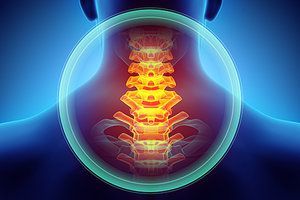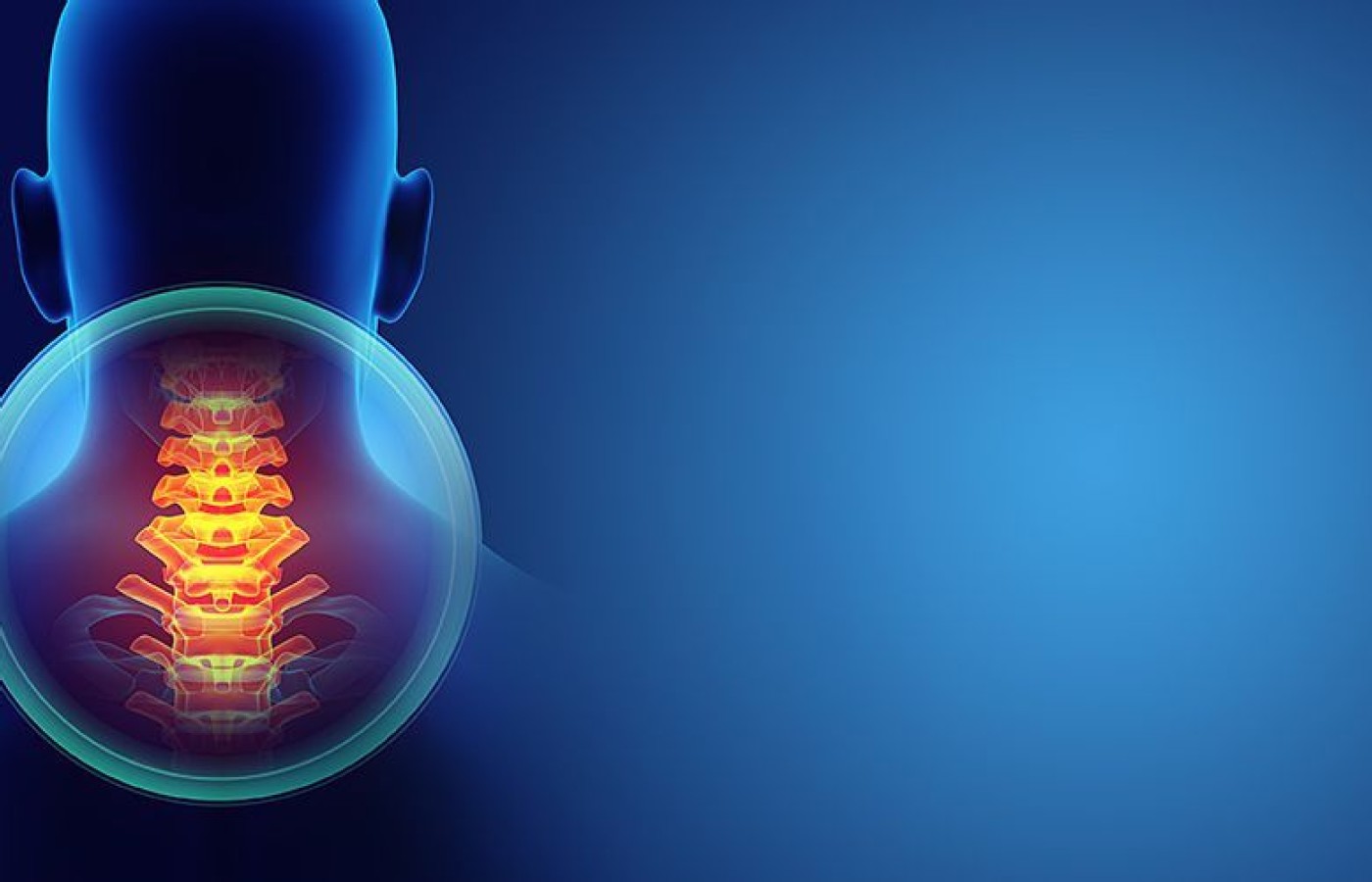New York's highest court of appeals has held that no-fault insurers cannot deny no-fault benefits where they unilaterally determine that a provider has committed misconduct based upon alleged fraudulent conduct. The Court held that this authority belongs solely to state regulators, specifically New York's Board of Regents, which oversees professional licensing and discipline. This follows a similar recent ruling in Florida reported in this publication.
Managing the Acutely Severe Cervical Spine Patient
I have come to regard cervical torticollis as a warning sign to beware. To me, the hard, tetanizing paraspinal muscular guarding response represents such a high level of inflammation and alarm that the body thinks the spine may have been fractured, and any movement may injure the spinal cord or nerve roots.
This internal "splinting" is a protective mechanism that deserves great respect, and any attempt to quickly resolve the issue with active spinal manipulation is unwise.
Examination Tips
As many of us come to realize, spinal biomechanical spinal lesions often are accompanied by some degree of degenerative change in the disc. Disc extrusions or protrusions due to weakness in the annular fibers often produce torticollis. So the first consideration in such a patient is the possibility of disc compromise and neurological insult.
Is there a radicular component to the pain? Is there numbness and tingling in the upper extremities? Is there sensory loss to soft touch in any dermatome? Is there weakness in any of the myotomes of the arm or hand? If so, one should proceed with great caution. Contributing to or causing a herniated disc is the single most common successful lawsuit against doctors of chiropractic.
An examination of the neck should begin with gentle palpation anterior and posterior for any signs of lymph node swelling. Foraminal compression testing should follow; if negative, the same test with the head tilted forward and to the side (narrowing the foramen) should be performed. A positive response would be contraindicative for active manipulation / adjusting.

Deeper laminar palpation will often identify a region of hard spasm and exquisite tenderness over the facets on one side or another, which should be noted. I believe X-ray exam, at the very least, should be performed in all cases of wry neck / torticollis. If there is active neuropathy with sensory or motor loss in the upper extremities, MRI is indicated.
Addressing the Problem
Once one has ruled out the probability of disc extrusion / protrusion, attention to the biomechanical aspects of the pain can begin. From my observation, apophyseal joint capsular edema, unilateral paraspinal hypertonus (tetanizing myospasm) and restricted joint motion are the heralding characteristics of all biomechanical impairments. Therefore, the first step in proper management of such conditions is an attempt to quell the "fire" within the joint capsule.
Cold pack applications directed at the region are most effective in a 20-minute-on, 20-minute-off routine, in my experience. I give patients two cold packs with an instruction sheet for rotation of the packs, along with recommendations for non-weight-bearing rest, being sure to cover the cold packs and not produce frostbite.
In the most severe cases, I recommend three days of all-waking-hours application. I tell the patient the cold packs will "smother" the fire and give them the relief they seek from the pain.
I also prescribe and fit a soft cervical collar for any time the patient must be up and about. Minimizing joint motion while allowing some movement by use of a collar allows the paraspinal tissue to rest – the first step in healing. It also provides mild axial distraction force and relieves the workload on the neck muscles.
Early Manipulation: Just Say No
I do not try to manipulate / adjust the underlying biomechanical lesions on the first visit. If you have ever been hurt by an attempt to overcome cervical torticollis and do spinal manipulation, as I have, you know the foolishness of such a procedure. There is no quicker way to lose a patient, and worrying about "having to do something for my fee" is a foolish thought.
With two or three days of bed or recliner rest and the consistent application of cryotherapy, I find almost all patients will return much improved. Then proceed with active treatment, which hopefully includes some form of physical therapy to address the lingering myodystonias.
If very high levels of pain persist and the active guarding response has not eased, I consider this a red flag warranting further investigation. Remember, our first and most important obligation is to do no harm, even if we cannot be of much help.
Patience Is a Virtue
I never try and force my will on biomechanical lesions that are severely guarded and resist active release. Giving the body time (and assistance) to quell the deep, intense inflammation that promotes a severe guarding response will often prove wise beyond words.
Once the torticollis begins to ease, I give instruction in gentle range-of-motion exercises. I recommend patients do these exercises each time they shower. The addition of hot / warm water while exercising will promote vasodilation and lymph flow within the spastic muscles, allowing them to flush the poisonous metabolic wastes that have accumulated.
With wisdom and prudence as the guide in managing torticollis and the acute cervical spine patient, one can do much good while minimizing the possibility of malpractice. To do otherwise invites ruin.



